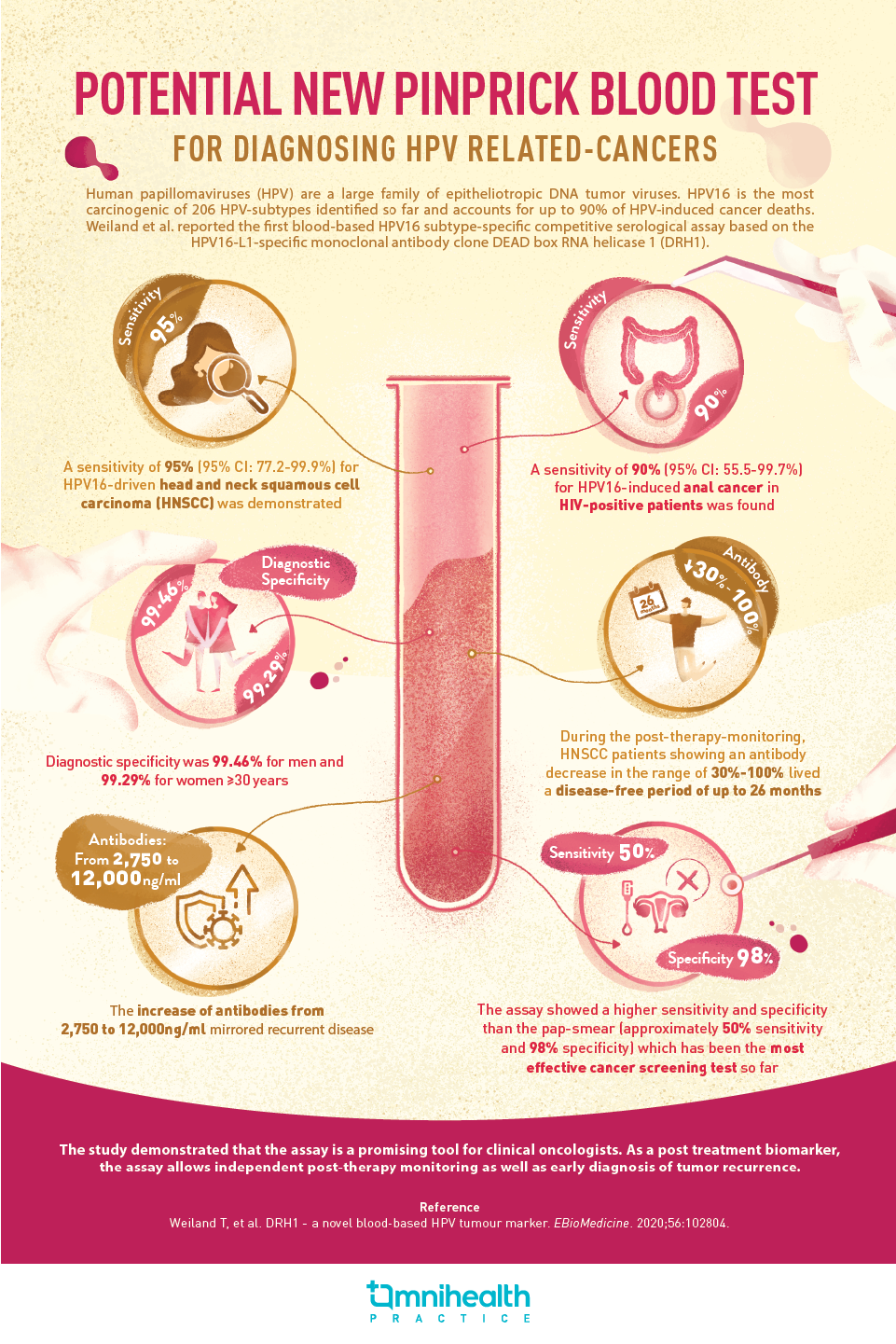Cervical cancer remains one of the most common cancers among Malaysian women, with the majority of cases linked to human papillomavirus (HPV). Since Malaysia introduced school-based immunization in 2010, vaccination coverage among adolescents has been modest, while intent and uptake among adults remains low. To bridge this gap, a public awareness campaign held on September 26, 2025 at Hospital Canselor Tuanku Muhriz UKM (HCTM-UKM) framed HPV vaccination, screening, and education as the pillars of prevention in the fight against cervical cancer. The interactive dialogue, “HPV Vaccination: 1 Injection with 1,000 Protections”, featured Professor Dr. Mohamad Nasir Shafiee and Professor Dr. Nirmala Kampan, Consultant Obstetricians and Gynecologists at HCTM-UKM, alongside cervical cancer survivor, Ms. Sharifah Nurul Huda. Together, they highlighted the urgent need to improve vaccine acceptance, expand access, and dispel misconceptions that remain a barrier to protection against HPV-related cancers.

